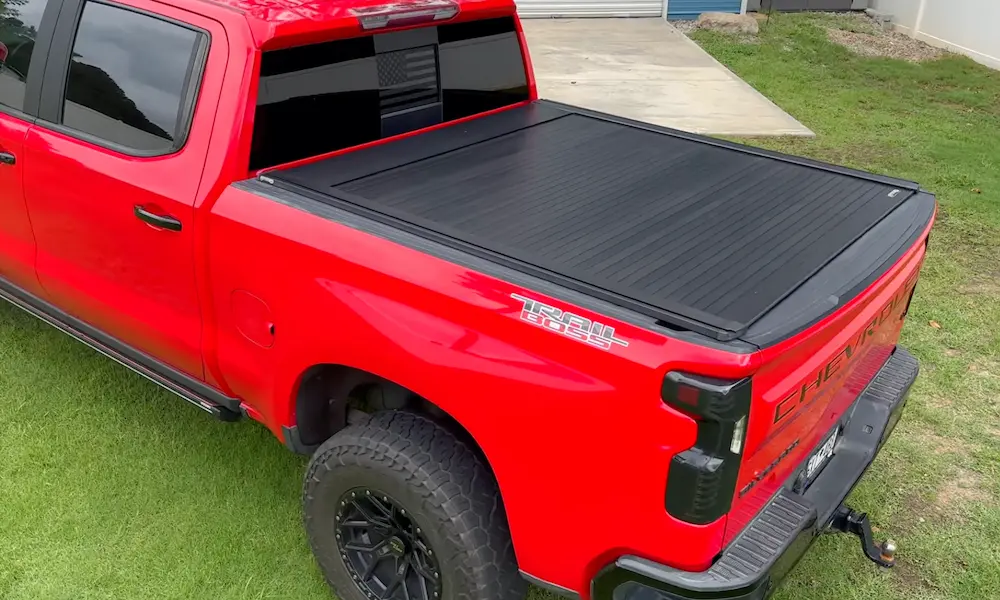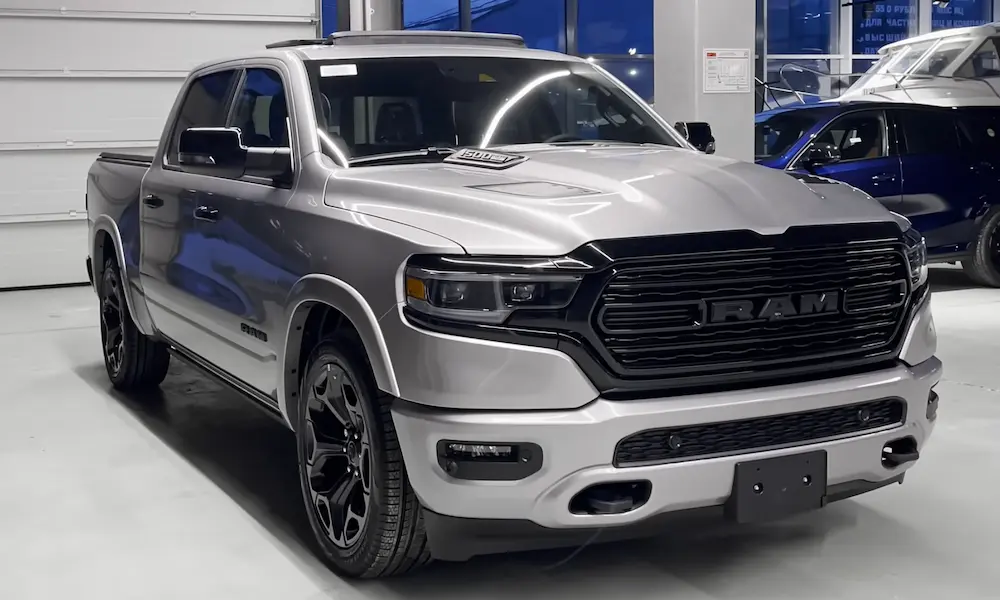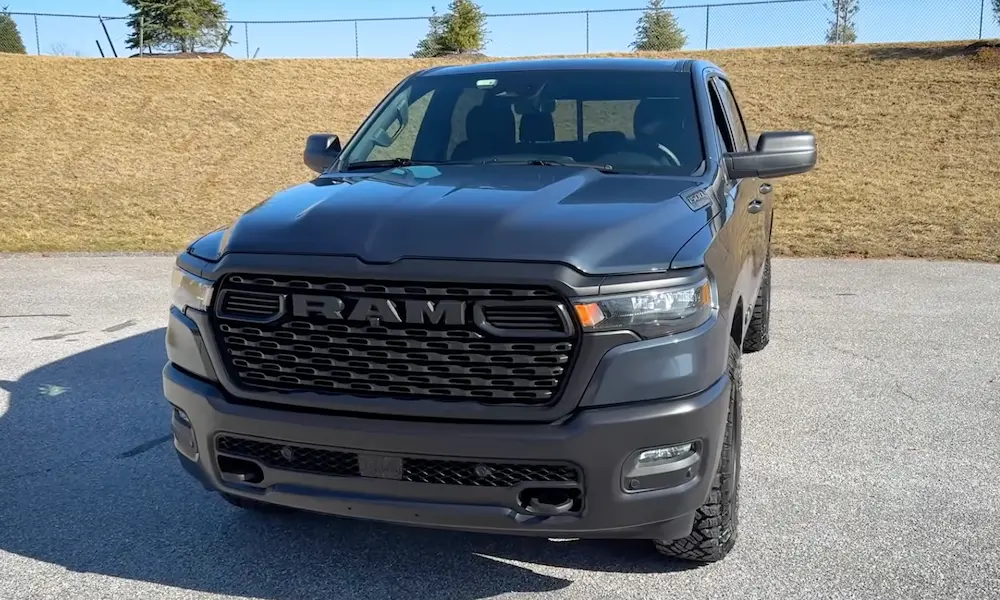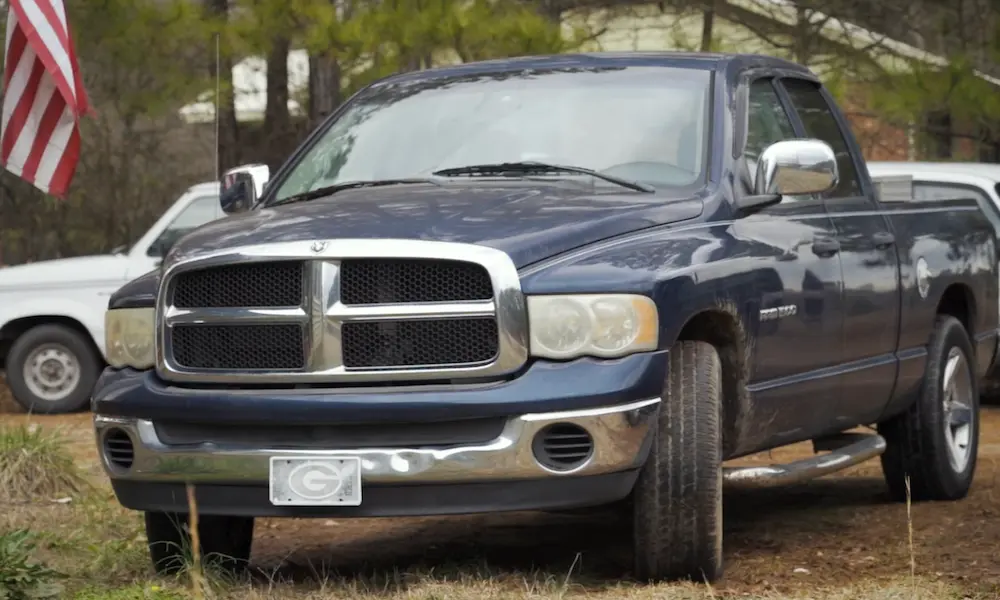Finding the starter solenoid location on a Dodge Ram 1500 might seem daunting at first. Don’t worry, you’re in the right place to learn about its location and how it functions. The starter solenoid, which is an integral part of your truck’s starting system, plays a crucial role in getting your engine up and running.
Locating the Starter Solenoid
The starter solenoid in your Dodge Ram 1500 plays a crucial role in starting the engine. To find it, you’ll need to look under the hood of your truck. First, make sure your vehicle is turned off and safely parked on a level surface. Open the hood and locate the battery, which is usually towards the front of the engine compartment.
Once you have found the battery, look for the main fuse panel directly behind it. This panel has a plastic cover, which can be easily removed to reveal the fuses and relays inside. On the bottom of the cover, you’ll find a label that indicates the specific location of the starter solenoid.
Now that you’ve located the starter solenoid, it’s essential to inspect it for any signs of damage or corrosion. If you suspect that the solenoid is malfunctioning, you might need to replace it to ensure that your Dodge Ram 1500 starts properly every time. Replacing the starter solenoid can be a relatively straightforward process, but if you’re not confident in your mechanical skills, it’s always a good idea to consult a professional mechanic for assistance.
In case you need to check or replace the starter itself, you can follow a series of step-by-step instructions that apply to 2002-2005 Dodge Ram models. While the exact process may slightly vary for other years, the general procedure remains similar, and you can still use these guidelines to guide you through the process.
Understanding the Starter System
Role of the Starter Solenoid
The starter solenoid is an essential component in your Dodge Ram 1500’s starting system. Its primary function is to connect the starter to the battery when you turn the ignition switch. It accomplishes this by producing a strong magnetic field that pulls the starter gear into engagement with the engine’s flywheel. Once your vehicle’s engine starts, the solenoid then disconnects the starter from the battery to prevent damage.
Significance of the Starter Relay
Your Dodge Ram 1500 is also equipped with a starter relay, which acts as a bridge between the ignition switch and the starter solenoid. When you turn the key in the ignition, a small current is sent to the starter relay, which then sends a larger current to the starter solenoid, activating it and ultimately starting your engine.
The starter relay is essential for protecting your vehicle’s ignition switch from excessive current, which could potentially damage it. Additionally, the relay helps to ensure a reliable connection between the solenoid and the battery, so your engine starts efficiently every time.
It is vital to regularly inspect and maintain your Dodge Ram 1500’s starter relay to ensure your vehicle always starts without issues. Should you encounter any problems or suspect the starter relay is malfunctioning, promptly consult a qualified mechanic to diagnose and repair the problem.
By understanding your Ram 1500’s starter system components – such as the starter, starter solenoid, starter relay, battery, and ignition switch – you can better maintain your vehicle’s reliability and performance while enjoying the friendly, comfortable driving experience your Dodge Ram 1500 offers.
Symptoms of a Failing Solenoid
A failing solenoid can cause your Dodge Ram 1500 truck not to start or produce grinding noises. Knowing the symptoms associated with a malfunctioning starter solenoid can help you detect the problem early and take the necessary steps to fix it. In this section, we’ll discuss common signs that indicate a failing solenoid.
When you turn the key and nothing happens, it might be a sign of a bad starter solenoid. There could be a number of reasons for this issue, but one possibility is the solenoid failing to engage the ignition properly. If you experience this problem, it’s essential to inspect the solenoid and related components for any issues.
Grinding noise is another symptom that could be associated with a failing solenoid. This is typically caused due to the sucking action of the starter solenoid not functioning correctly from time to time. If you hear a grinding noise when trying to start your truck, this might be an indication that the solenoid requires attention.
Corrosion around the terminals is also a common issue that can lead to a bad starter solenoid. Moisture and oxidation cause corrosion, resulting in poor electrical contact and preventing the starter motor from engaging properly. It’s important to check and clean any corrosion around the solenoid terminals to ensure a solid connection.
Another problem that might lead to solenoid failure is broken or loose connections. A damaged connection can prevent the solenoid from functioning effectively, causing starting issues with your Dodge Ram 1500. Inspecting and fixing any loose or broken connections can help resolve this issue and ensure the solenoid operates correctly.
By identifying these symptoms early on, you can take the necessary steps to address the issue with your Dodge Ram 1500’s starter solenoid. Regular inspection and maintenance can help keep your truck’s starting system in optimal condition and prevent unexpected failures.
Steps for Solenoid Replacement
Removal of the Old Solenoid
First, disconnect the battery to ensure your safety while working on your Dodge Ram 1500. Use a 10mm wrench to remove the negative (black) cable from the battery and place it in an area where it won’t accidentally come into contact with the battery terminal.
Next, locate the starter solenoid, which can be found in the main fuse panel under the hood, directly behind the battery. Remove the cover to access the solenoid. You’ll also want to locate the starter motor, which can be found by crawling under the driver’s side of the truck.
Before removing the old solenoid, make sure to disconnect the electrical wiring attached to the starter motor. You can do this by using a 10mm wrench and a T-20 torx driver.
Once the wiring is disconnected, proceed to remove the old starter solenoid. This may require loosening or removing any engine components that might be obstructing your access to the solenoid, such as the transmission pan and valve body.
Installing the New Starter Solenoid
With the old solenoid removed, it’s time to install the new starter solenoid. Start by attaching it to the starter motor using the same bolts and connections that were used for the old solenoid. Ensure that all connections are secure and that no wires are crossed or pinched.
Reattach the electrical wiring to the starter motor. Ensure here as well that all connections are secure and that no wires are crossed or pinched.
Once the new solenoid is securely connected to the starter motor, you can begin reinstalling any engine components that were removed during the process, such as the transmission pan and valve body. Be sure to replace the transmission oil filters and gaskets while you have it apart.
Reconnect the negative cable to the battery using your 10mm wrench. With everything now back in place, you should be able to successfully start your Dodge Ram 1500 with your newly installed starter solenoid.
Throughout this process, make sure to follow all safety precautions and consult your vehicle’s owner manual for more specific guidance on your particular model year and engine configuration.














